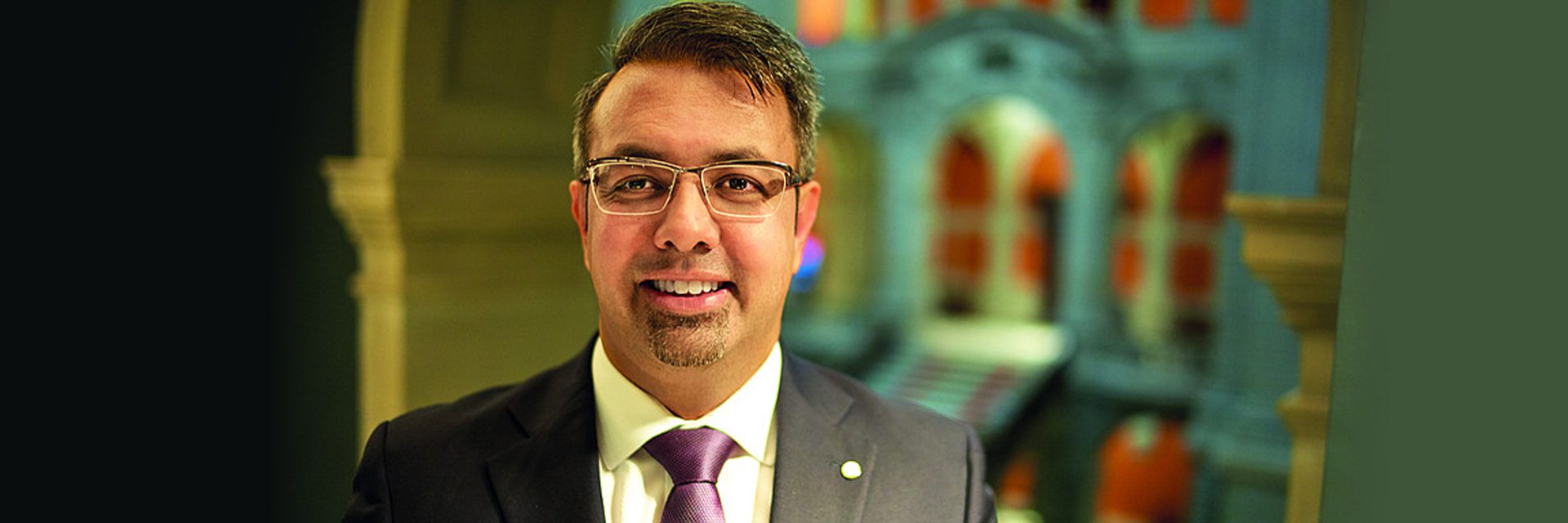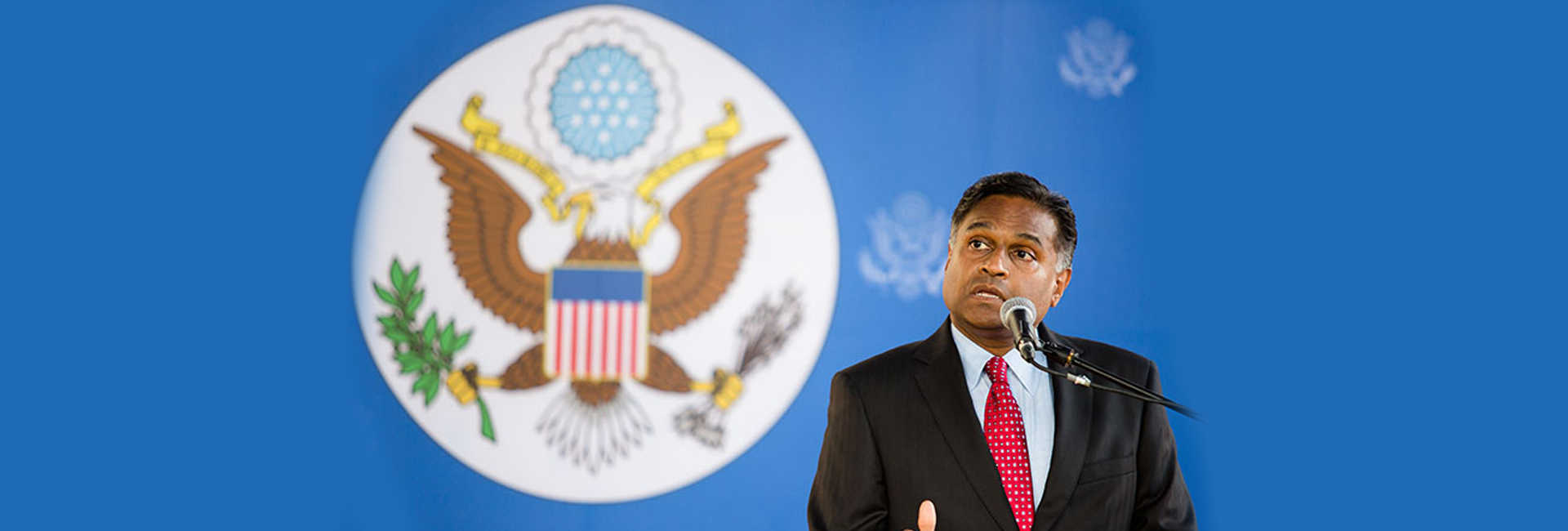(April 1, 2023) When he was just a kid, he made up his mind that he wanted to join the Indian Administrative Services and serve the nation to the best of his capacity. After working tirelessly on various missions in a career that lasted about four decades, Parameswaran Iyer recently took charge as the Executive Director of the World Bank. The Indian bureaucrat, who led the implementation of the Swachh Bharat Mission, India’s sanitation revolution, will be representing India, Bangladesh, Bhutan, and Sri Lanka at the international financial institution.
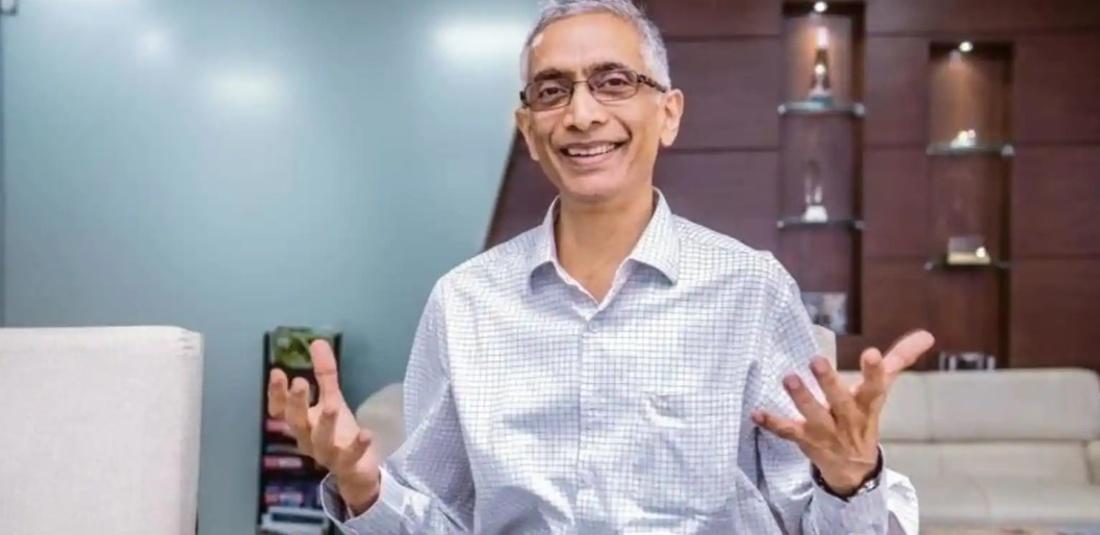
Having worked in several countries, including Vietnam, China, Egypt, and Lebanon, the bureaucrat is looking forward to the new opportunity, which he feels will not benefit India, but several nations in southern Asia. “A privilege to take charge last week in Washington DC as Executive Director, World Bank, representing India, Bangladesh, Bhutan, and Sri Lanka,” the Global Indian tweeted soon after assuming his new role.
An ambitious childhood
The son of an Indian Air Force officer Air Marshal P.V. Iyer (Retd), Parameswaran was an ambitious kid. Watching his father in uniform every day had put the seed of patriotism and community service in him since he was a young child. A good student and an even better sportsperson, the bureaucrat recalled that his childhood was quite disciplined, with a daily schedule set for everything – from breakfast to dinner, and studying to playing. At the age of 12, Parameswaran’s parents got him admitted to the reputed Doon School, from where he finished his schooling.
The bureaucrat joined the famed St. Stephen’s College, Delhi to pursue his graduation, while also preparing for the Union Public Service Commission (UPSC) – a dream he had nursed since he was a young kid. A brilliant student, he also got a one-year exchange scholarship at Davidson College in North Carolina, USA. However, his world was not limited to just books. A good sportsman, Parameswaran was a part of several sports teams representing his college, but the one thing that he excelled at was tennis. In fact, the bureaucrat also represented India at the Junior Davis Cup.
Serving the nation, and the world
While many take years to crack the UPSC and still do not manage to score well enough to become an Indian Administrative Service (IAS) officer, Parameswaran did it in just a single attempt. Joining the Indian Civil Services in 1981, he took on several missions – including the crucial Jal Jeevan Mission, Swajal Programme, and Swachh Bharat Mission – making it his personal goal to develop the rural and sub-urban parts of India. “It truly became a Jan Andolan, a people’s movement, akin to a sanitation revolution,” the bureaucrat said in an interview, adding, “Based on the earlier experience of sanitation programs in India as well as globally, we knew that sustaining the behavior change of toilet usage would be as challenging as achieving universal access to sanitation. Old habits die hard and open defecation is a habit that goes back generations. It was key that all stakeholders continued their efforts to sustain safe sanitation practices, and also ensured that gaps, if any, were plugged and that no one was left behind.”
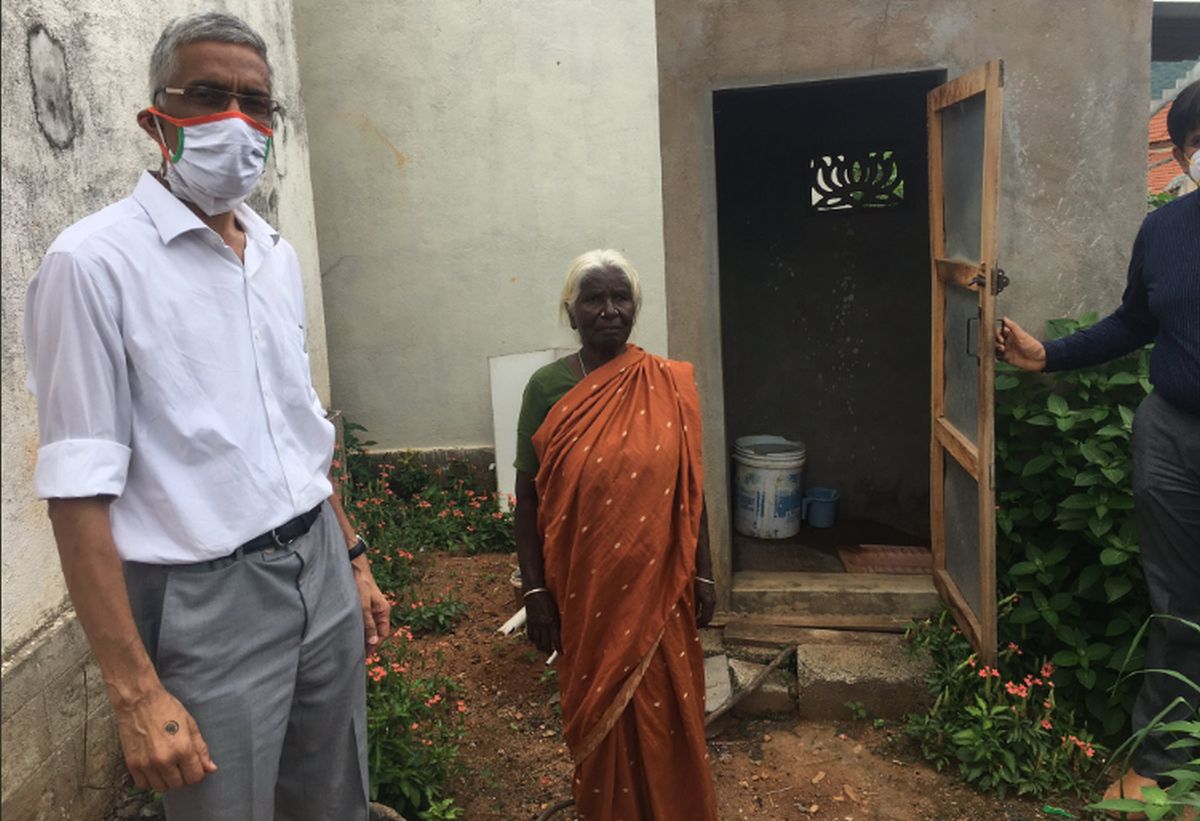
Parameswaran Iyer visited several rural areas during the COVID-19 pandemic
After serving as an IAS officer for close to three decades, Parameswaran decided to take voluntary retirement to become the water resources manager at the World Bank in 2009. A well-known water and sanitation expert, the bureaucrat worked in the sector, in several countries, including Vietnam, China, Egypt, and Lebanon. Working in an unconventional and “non-bureaucratic” style, the bureaucrat not only engaged the governments of various provinces and states in programmes led by him but also took advice from the young changemakers of the community.
“I think one of the main lessons I personally learned along my career journey – particularly from the Swachh Bharat experience – was about thinking big, as Prime Minister Modi did, and then believing in the achievement of the goal. Going from a sanitation coverage of less than 40 percent to an ODF country in five years was something unheard of in the history of the world, let alone at the scale of a country as large and diverse as India. If young changemakers follow the courage of their convictions, they can literally change the world,” he believes.
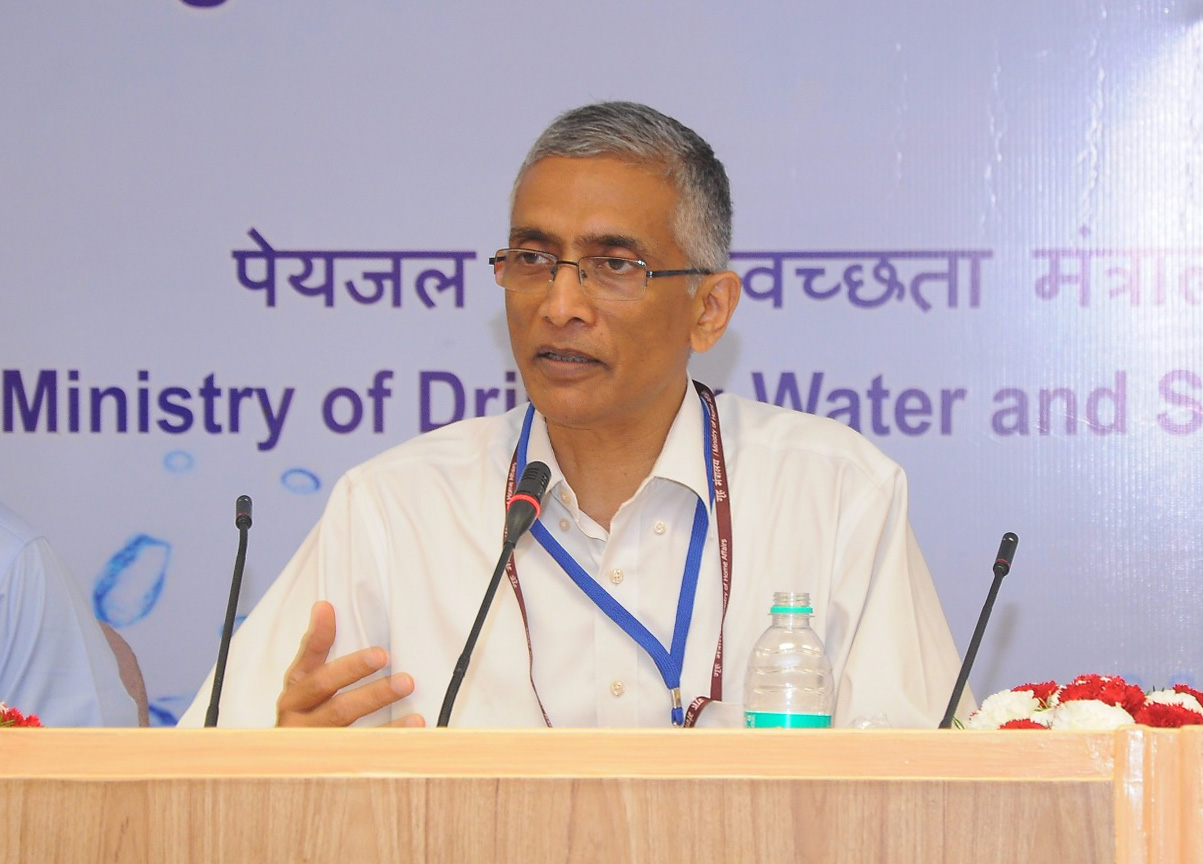
The 63-year-old bureaucrat, who is also an author of two books, also served as the CEO and Manager of the 2030 Water Resources Group, a public-private-civil society partnership hosted by the World Bank, Washington DC – a mission, quite close to his heart. He wishes to take the mission forward now, as the Executive Director of the World Bank.
- Follow Parameswaran Iyer on Twitter

